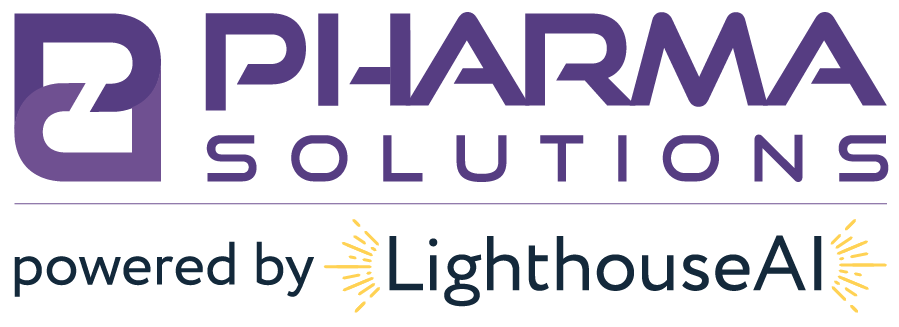Balancing Disruption with Regulation: Ravkoo, DTP & Marketplaces
Pharmacy has continued to embrace ever changing technology as companies have invented new business models attempting to “revolutionize” the drug supply chain; and State Boards of Pharmacy and other agencies regulating the drug supply chain have become inundated to keep up.
Direct-to-Patient Programs
As the world moves online, telemedicine has boomed. Companies have seen new opportunities to acquire patients and sell prescription and over-the-counter drugs online, while in the process becoming Wall Street darlings. For example, in January 2021, Him & Hers Health, Inc. achieved a $1.6 billion dollar valuation for their IPO, amounting to over 10 times their 2020 revenue of $148.8 million dollars. Looking to their success, 100’s of other venture-backed companies have been jumping into the mix including Roman, Keeps (Thirty Madison), DiRx Health, and TIN Rx – a few of which Pharma Solutions counts as clients.
Disruption of the Drug Supply Chain Via New Business Models
Now, regulatory agencies have begun to take notice of the new models. For example, Vermont approved a rule in January 2019 to qualify companies that “act in any way to bring buyers and sellers together, for the sale or shipment of prescription drugs” as Brokers/Facilitators/Intermediaries. Similarly, other states have begun to take notice and delivered notices that these companies may be engaged in wholesale distribution.
Marketplaces
There have been a number of marketplaces launched in the past 10 years as entrepreneurs look to apply the Amazon Marketplace model to independent pharmacy buying. By bringing multiple distributors to one platform, pharmacies no longer need to call and email for pricing and access to drugs. Popular marketplaces include TRxADE, SureCost, EzriRx and Pharmsaver, each serving 1000+ pharmacies.
Pharmacy–to–Pharmacy
As pharmacies are squeezed by PBMs and wholesale distributors, they have attempted to take some of their power back by engaging in wholesale transactions (see our past article here and here). Each state regulates this practice differently – for example, New York allows for a pharmacy to obtain a wholesaler permit in the same registered area, while Pennsylvania and New Jersey strictly disallow pharmacies selling at wholesale. However, most states allow for pharmacies to sell to other pharmacies according to a “specific patient need” in an effort to remove regulatory red tape as an obstacle which could affect patient health. However, a few companies have leveraged the rule, along with a federal DSCSA exemption, to facilitate pharmacy-to-pharmacy transactions.
MatchRx and EzriRx are two such companies. While EzriRx’s Rph2Rph program requires that transactions occur in a single state, MatchRx has, in the past, not limited transactions to a single state. Accordingly, a North Carolina pharmacy was sent a Cease & Desist letter by the Arizona Board of Pharmacy In 2015 for shipping drug products into the state without a license.
Dispensing “Dubious” Drugs for COVID-19
On the other side, less reputable companies have also attempted to take advantage of loopholes in the law. An enthralling TIME®’s investigation into Ravkoo and Benzer Pharmacy highlights allegation of fraud, price gouging, poor patient care, and “using name changes to escape reputational damage.” The article asserts that Ravkoo did an estimated $8.5 million in sales from ivermectin, azithromycin, hydroxychloroquine and zinc – often these were prescriptions that other providers would not fill.
Unfortunately, regulatory agencies may have their hands tied in many aspects: claims of fraud and negligence aside, filling prescriptions is not inherently an illegal practice as pharmacists may, whether in line with the spirit and aim of the pharmacy profession or not, shield themselves behind the doctor who wrote the prescription in the first place. The reality is, pharmacists have a shared responsibility with prescribers to ensure that the medication being dispensed is in accordance with generally accepted safe and effective guidelines and/or recommendations.




0 Comments